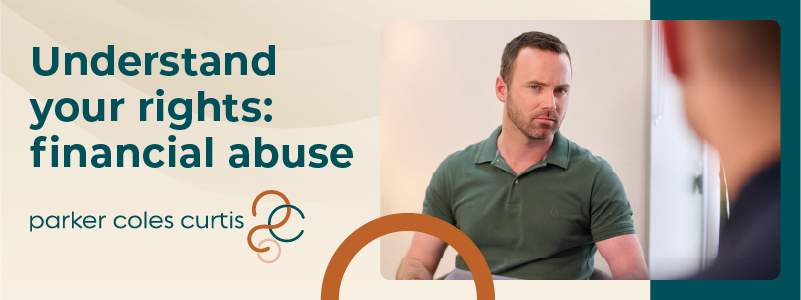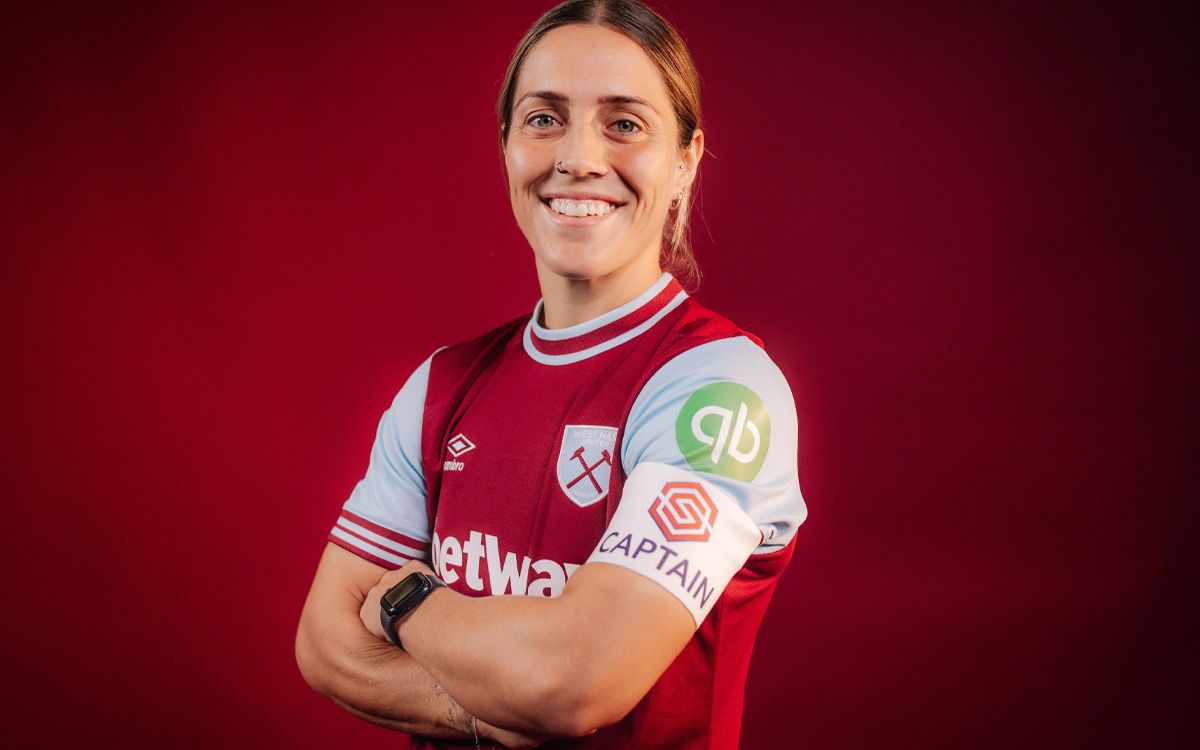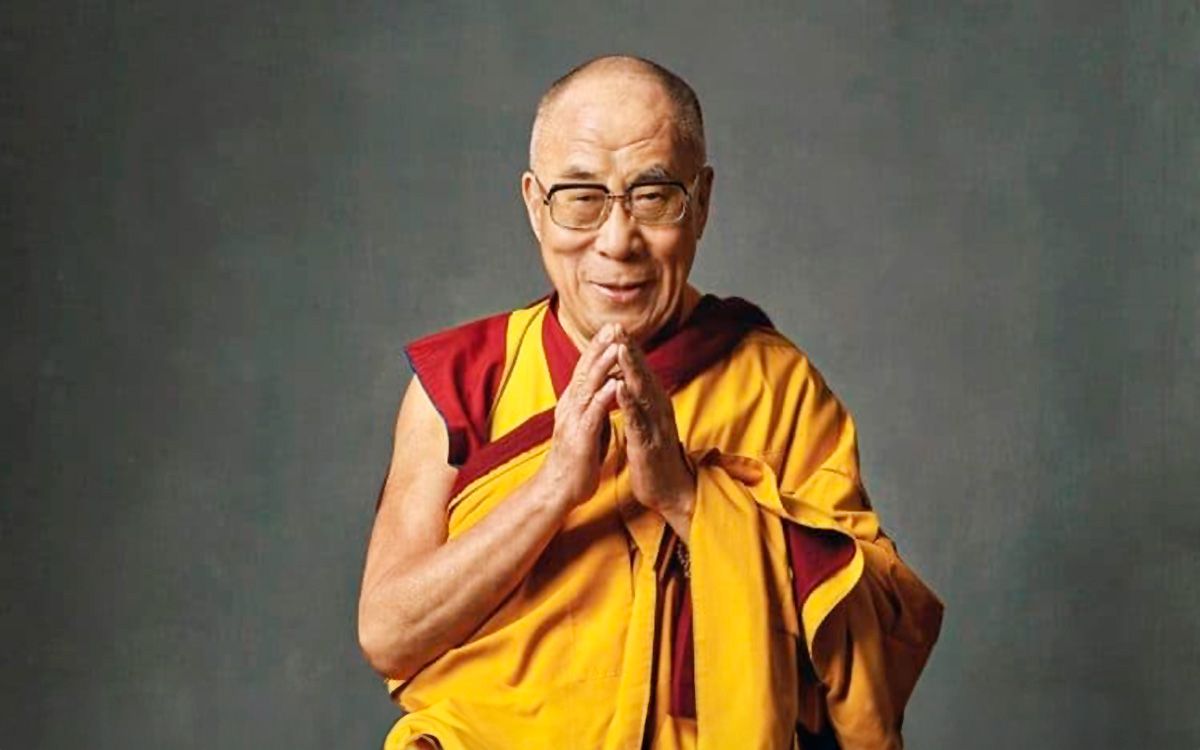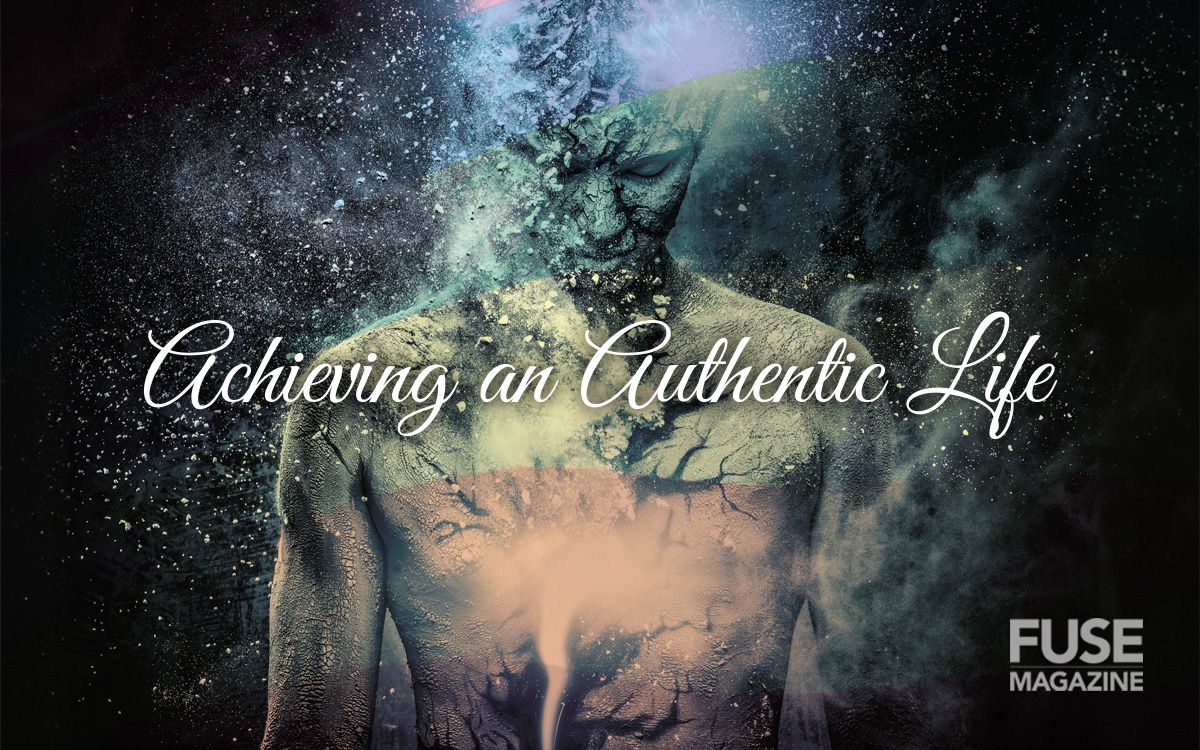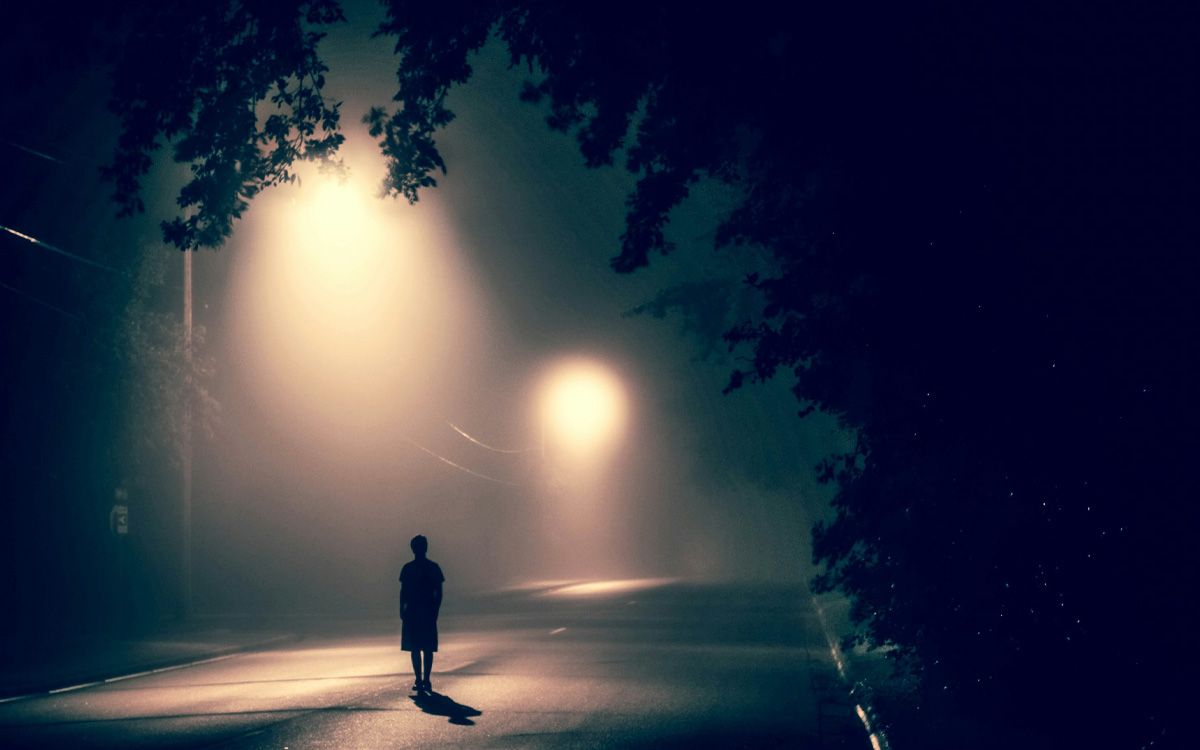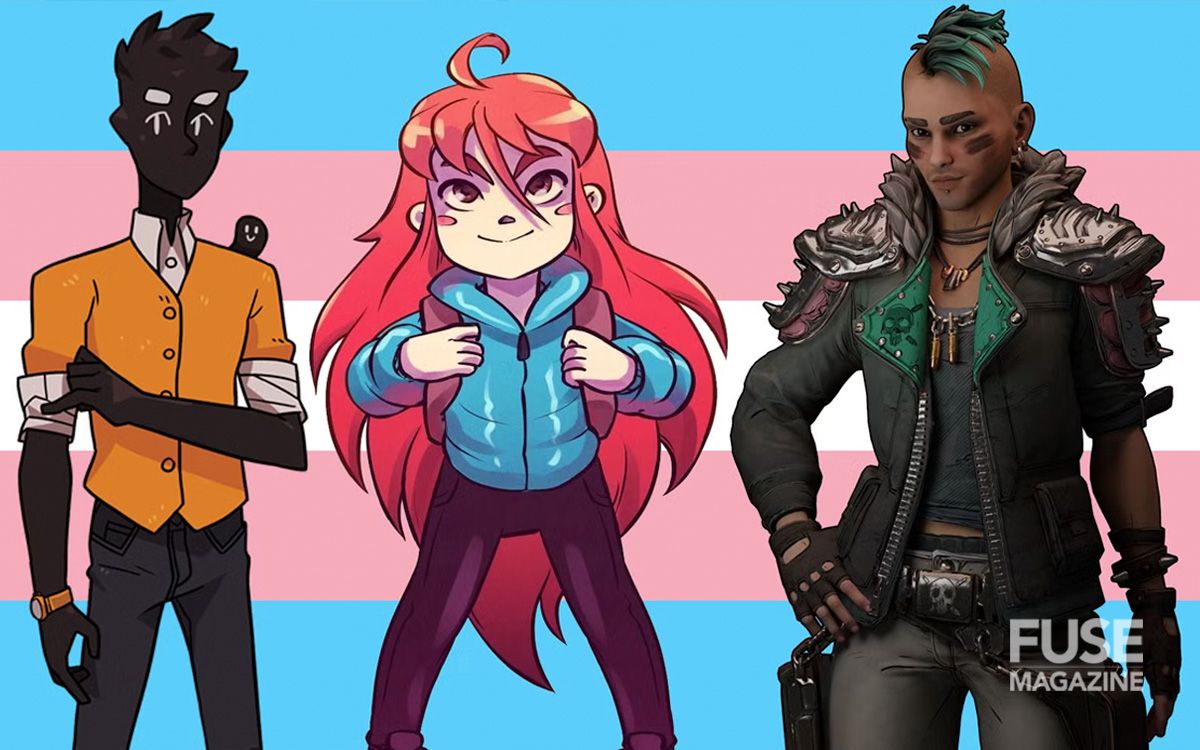Evolving Wedding Traditions and Impact of Same-Sex Marriage

Following the plebiscite on same-sex marriage, on 9 December 2017, the Marriage Act in Australia was changed to allow any two people the right to marry. As a wedding celebrant, I was very interested to see what would happen in terms of the number of people looking to get married and what impact, if any, the plebiscite had on what a modern ceremony looks like.
What do the stats suggest? According to the ABS Marriages and Divorces publication, 2020 saw the annual rate of marriages for the total population decrease by 30.8%. This was the largest decrease ever observed by the ABS. This is not surprising and was likely driven by COVID-19 restrictions on weddings, with many postponing until caps were lifted. Afocus on other priorities at the time. Despite these restrictions, the 2021 Census observed one in three same-sex couples were married (30.0%). This was substantial given the Marriage Act amendments only came into effect four years before the Census.
The same article found that females in same-sex couples were more likely to be married than males in same-sex couples, with nearly one-third of females (32.2%) reporting being married at the time of the 2021 Census. Around one-quarter (27.7%) of males in same-sex couples reported being married. Nearly four out of five (79.9%) people in all couples reported being married. While it appears we saw a 'rush' in the first instance of same-sex couples getting married, it remains to be seen whether this continues or, as it seems for now, in the main, it is still enough for many that the opportunity exists.
What perhaps has changed is some of the thinking around what a wedding ceremony looks like and some of the more traditional conventions being replaced by nuanced inclusions. Both domestically and overseas, the evolution of gay marriage ceremonies has sparked a renaissance in wedding traditions and rituals, reflecting the unique identities and relationships of LGBTIQ+ couples.

In ceremonies I have performed, this too has spilled over into heterosexual couples taking up less heteronormative approaches to what drives the experience or memories they are after from their day. Some of this is in recognition that their guest list and even their wedding party reflects a non traditional gender view. Gone are the days where it is women to the left, men to the right up front with the wedding couple.
Darcy Allen, Senior Wedding Planner at wedding marketplace, Easy Weddings said they "are seeing a rise in non-gendered wedding terms, like referring to the couple as "the newlyweds" and "the married couple", rather than "Mr and Mrs" or "bride and groom". This goes for same-sex and heterosexual weddings alike. This non-gendered language extends to the term "wedding party" in place of what was traditionally referred to as the "bridal party".
Some of this has also influenced the unshackling of other traditions, not the least, as there may be two brides or two grooms, or both members identifying as non-binary; so who gets the 'processional'? Darcy noted, too, that "for couples that still value the tradition of a parental escort, this has become more diverse as well. We're seeing both parents and even grandparents escorting the couple — sometimes with both partners being escorted, no longer exclusively the bride and her father".
Moreover, the structure of the ceremony itself has seen innovation. Overall, the evolving traditions and symbols within same sex marriage ceremonies highlight a shift towards inclusivity, creativity, and personalisation. As societal acceptance grows, so too does the freedom for LGBTQ+ couples to craft ceremonies that authentically reflect their love, values, and aspirations, and reflective of their journey towards marriage equality. These evolving practices not only redefine marriage traditions but also contribute to a broader cultural narrative of equality and celebration of diversity.

Involving the LGBTQ+ community in wedding ceremonies is becoming more common and a meaningful way for same-sex couples to celebrate their union while honouring their identities and the support they receive from their community. Below are examples of how couples include their LGBTQ+ community in their wedding ceremonies:
- Wedding Party: Same-sex couples often have diverse wedding parties that include friends, chosen family members, and LGBTQ+ allies. These individuals may play key roles as bridesmaids, groomsmen, or "attendants," with titles that reflect the couple's identities and relationships.
- LGBTIQ+ Wedding Celebrants: Couples seek to utilise a wedding celebrant that is a member of the LGBTIQ+ community for that element of connectedness and/or comfort during the journey to the wedding day.
- Community Blessings: Some couples invite LGBTQ+ community leaders or activists to offer blessings, prayers, or words of encouragement during the ceremony. This can be particularly meaningful for couples who want to acknowledge the broader community that has supported them.
- Community Contributions: In lieu of traditional wedding gifts, couples may ask guests to contribute to LGBTQ+ charities, advocacy organisations, or community centres. This gesture not only supports meaningful causes but also reinforces the couple's commitment to their community.
- Readings and Performances: Couples may invite members of their LGBTQ+ community to participate in readings or performances during the ceremony. This could involve readings of poetry, literature, or personal reflections that resonate with the couple's journey and values.
- Symbolic Gestures: LGBTQ+ couples sometimes incorporate symbolic gestures into their ceremonies that reflect their community's support. For example, they may include a moment where guests raise rainbow flags, light candles in solidarity, or participate in a collective vow of support for marriage equality and LGBTQ+ rights.
- Celebration and Festivities: Post-ceremony celebrations often feature LGBTQ+-themed decor, music, or entertainment that reflects the couple's identities and community. This creates an inclusive atmosphere where guests can celebrate the couple's love and shared values.
The LGBTIQ+ community has proven time and time again that it is innovative and often ahead of the curve when it comes to societal adaptation. We have seen many couples (both LGBTQI+ and heterosexual) embrace the opportunity to revolutionise the wedding ceremony paradigm and in doing so are contributing to a broader cultural narrative of equality and celebration of diversity.


